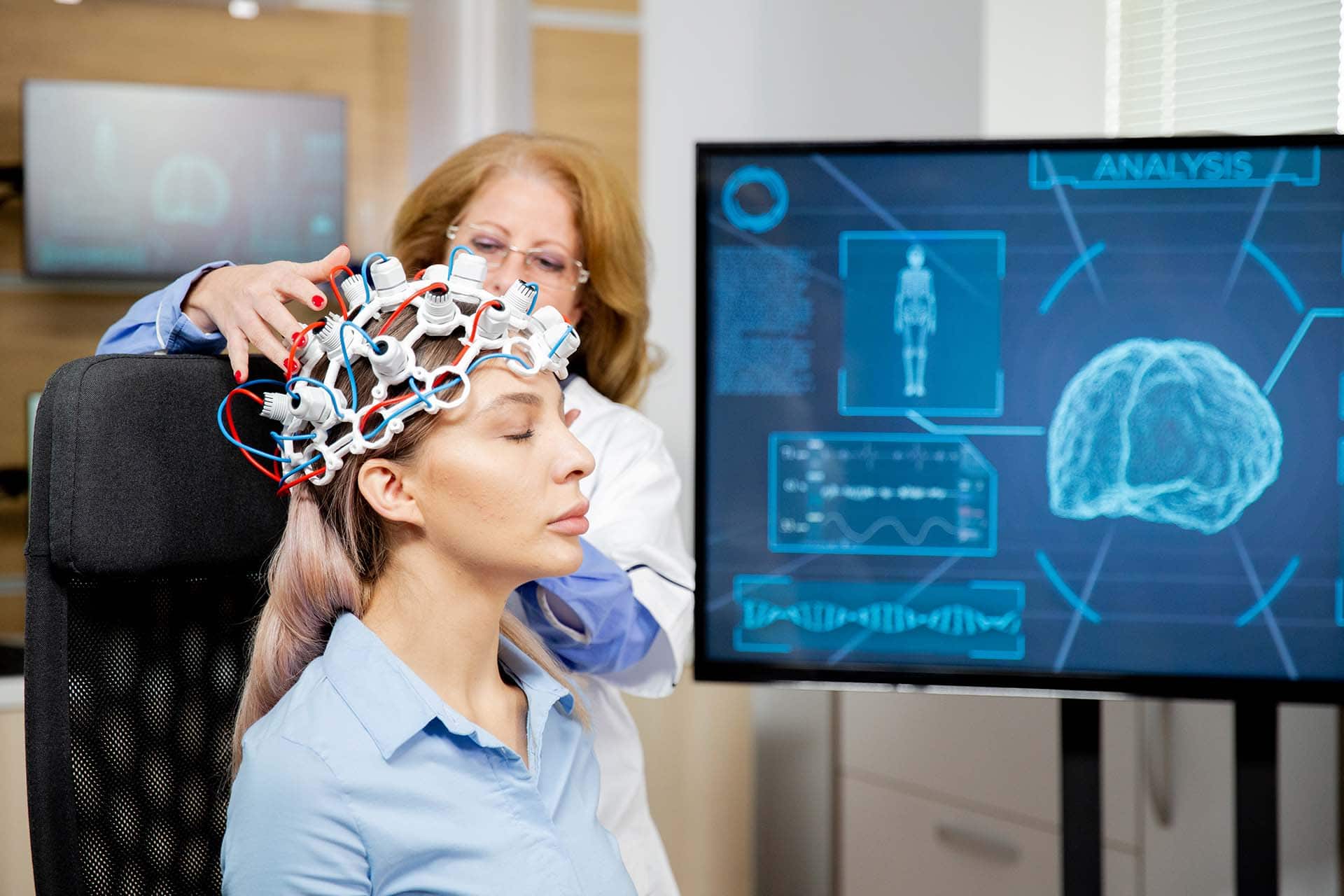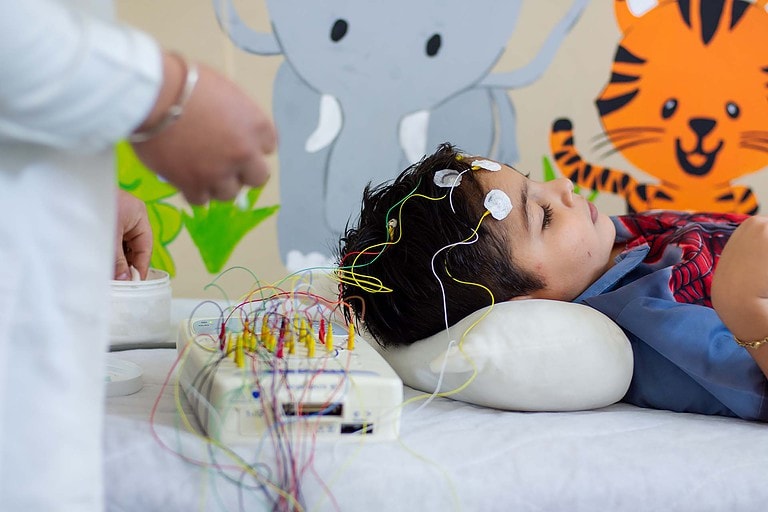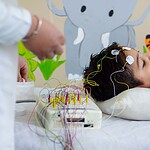Effective science communication in neuroscience requires transforming complex research findings into accessible narratives that engage and educate non-specialist audiences. This challenge demands innovative approaches that bridge the gap between technical expertise and public understanding. By employing visual storytelling in science, theatrical presentations, analogies, and interactive formats, researchers can make neuropsychological concepts comprehensible to diverse audiences. The key lies in maintaining scientific accuracy while adapting content to match the cognitive frameworks and interests of lay audiences, ultimately fostering greater public appreciation for brain research and its societal implications through accessible neuroscience education initiatives.
Table of Contents
The Art of Translating Complex Brain Research
Neuropsychology for laypeople presents unique challenges beyond simple vocabulary replacement. The human brain’s complexity requires sophisticated communication strategies that convey both wonder and precision of neuroscientific discoveries. Successful translation involves identifying core concepts, eliminating jargon, and creating meaningful connections to everyday experiences through effective scientific outreach methods.
The process begins with understanding the audience’s existing knowledge and potential misconceptions about brain function. Many people hold oversimplified views about brain hemispheres or memory formation. Effective communicators must acknowledge these preconceptions, then introduce more nuanced perspectives through structured explanations. Research shows that explaining research in an understandable way requires multiple approaches tailored to different learning styles. Visual learners benefit from diagrams, while auditory learners prefer spoken explanations. Kinaesthetic learners engage best with hands-on demonstrations that utilize educational neuroscience techniques for better comprehension.
Building Bridges Between Expertise and Understanding
The communication gap between researchers and the public stems from differences in conceptual frameworks. Researchers think in terms of statistical significance and experimental controls, while lay audiences focus on practical implications and personal relevance through simplified brain science approaches.
Successful brain research communication requires translating both content and context. This means explaining why research questions matter, how studies are designed, and what limitations exist. This contextual information helps audiences develop appreciation for scientific knowledge and promotes better understanding of complex neurological concepts through accessible scientific communication methods.
Several pitfalls can undermine effective science communication in neuroscience. Oversimplification may lead to misconceptions, while technical accuracy can result in incomprehension. The challenge lies in finding the optimal balance between accessibility and precision. Communicators must carefully consider what concepts require explanation, adjusting their approach based on audience characteristics and feedback, while implementing research dissemination strategies that maintain both accuracy and engagement through evidence-based communication practices.
Storytelling in Science: Narrative Approaches to Brain Research
Storytelling in science represents one of the most powerful tools for making complex neuropsychological concepts accessible. Well-crafted stories can make abstract scientific concepts concrete and memorable. The key lies in constructing narratives that accurately represent findings while engaging emotional responses.
Effective scientific storytelling follows classical narrative structures: introducing a problem, describing the discovery journey, and revealing insights. These transforms research papers into compelling accounts of scientific problem-solving. Case studies of patients or breakthrough discoveries provide engaging frameworks for explaining broader principles through narrative-based science communication methods. Stories create emotional connections that enhance memory retention. When audiences relate to human elements of research, they develop stronger engagement with underlying concepts through public engagement with neuroscience initiatives that emphasize personal connections and interactive neuroscience outreach programs.
Character-Driven Science Communication in neuroscience
Introducing human characters into scientific narratives personalizes abstract concepts and makes them relatable. These characters provide emotional anchors that help audiences navigate complex information and maintain interest. Character-driven approaches work well when explaining neuropsychological disorders. Rather than describing symptoms clinically, communicators can share stories of individuals affected by specific conditions through personalized brain science education techniques.
Effective metaphors serve as cognitive bridges, connecting unfamiliar scientific concepts to familiar experiences. The brain-as-computer metaphor helps audiences understand information processing concepts. Comparing neural networks to electrical circuits provides frameworks for understanding connectivity. Metaphors must be chosen carefully to avoid misconceptions. The best analogies highlight specific aspects of brain function while acknowledging limitations through clear scientific explanation techniques that maintain accuracy.
Visual and Interactive Science Communication Methods
Public engagement with neuroscience benefits from visual and interactive approaches that make abstract concepts tangible. Brain imaging provides compelling visual representations, but these images require careful interpretation to prevent misunderstandings. Interactive demonstrations engage audiences in ways that passive listening cannot achieve. Simple experiments illustrating cognitive biases or memory limitations allow participants to experience brain processes firsthand. These create memorable learning moments that reinforce understanding.
Digital technologies offer new possibilities for interactive science communication in neuroscience. Virtual reality can simulate brain structures, while mobile applications provide personalized learning experiences that support cognitive science education initiatives and enhance public understanding of neuroscience research.
Visual Design Principles for Brain Science
Effective visual communication requires attention to design principles that enhance understanding. Clear graphics that highlight key information work best for general audiences. Colour coding and logical layouts help viewers navigate complex information. Brain imaging presents challenges because colourful activation maps may mislead non-specialists. Effective communication requires explaining what these images represent and their limitations through neuroscience visualization techniques that promote accurate interpretation.
Simple interactive experiments can effectively illustrate brain processes. Demonstrations of optical illusions reveal how perception can be deceived, while memory tasks show the reconstructive nature of remembering. These activities engage audiences while providing concrete examples of abstract concepts.
Key elements include:
- Clear instructions ensuring successful participation
- Immediate feedback connecting experience to concept
- Follow-up discussions generalizing from examples
- Connections to broader brain function implications
Theatrical and Creative Approaches to Brain Research Communication
Theatrical presentations offer unique opportunities for communicating neuroscience through engaging performances. Science theatre combines entertainment with education, using dramatic techniques to make complex concepts accessible. These approaches reach audiences who might not otherwise engage with scientific content. Creative formats allow exploration of ethical dimensions and social implications of brain research. The key to successful science theatre lies in collaboration between scientists and creative professionals to ensure accuracy while maximizing impact.
Combining multiple media formats creates rich communication experiences that accommodate different learning preferences. Podcast formats allow in-depth exploration while maintaining accessibility. Video presentations combine visual demonstrations with personal narratives. Documentary-style presentations work well for exploring human dimensions of brain research. These formats can follow researchers through their work or show treatment impacts on patients’ lives.
Measuring Impact and Improving Communication Practices
Effective science communication in neuroscience requires ongoing assessment based on audience feedback and measurable outcomes. Traditional metrics like attendance provide limited insights into understanding changes. More sophisticated approaches examine changes in knowledge and public engagement with scientific issues. Audience feedback should be built into activities from planning stages. Surveys can assess understanding changes, while focus groups provide detailed insights. Social media engagement offers additional windows into audience responses and helps evaluate public understanding of science initiatives.
Science communication research provides evidence-based guidance for improving practices. Dr. Christian Beste’s work demonstrates how research findings can be translated into practical applications, benefiting scientific understanding and public engagement.
Christian Beste emphasizes maintaining scientific rigour while embracing creative communication methods. Continuous improvement requires experimenting with new approaches through multimedia storytelling approaches and interactive demonstrations that reach diverse audiences effectively.







